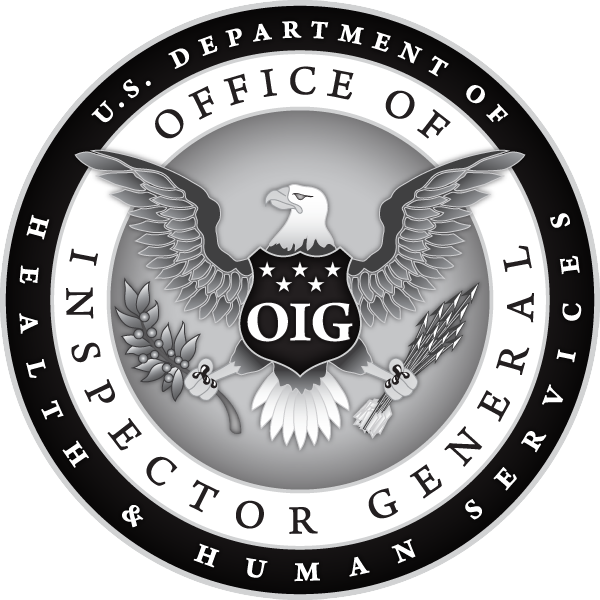Nursing Facility Compliance Guidance
by Elizabeth E. Hogue, Esq.
Nursing Facility Compliance Guidance
Takeaways for Hospices
In November of 2024, the Office of Inspector General (OIG) of the U.S. Department of Health and Human Services issued revised “Nursing Facility Industry Segment-Specific Compliance Program Guidance.” This guidance describes:
- Risk areas for nursing facilities
- Recommendations and practical considerations for mitigating risks
- Other important information that the OIG believes nursing facilities should consider when implementing, evaluating, and updating their compliance and quality programs
Guidance Extends to Post-Acute Providers
The guidance targets nursing facilities. Howeve, it also clearly states that post-acute providers other than nursing facilities should use the guidance in their compliance efforts. The OIG says: “We encourage all long-term and post-acute providers to establish and maintain effective compliance and quality programs.” Guidance for nursing facilities, for example, specifically addresses relationships between nursing facilities and hospices.
The OIG...
First...
acknowledges that nursing facilities may arrange for hospice services for patients who meet the eligibility criteria and who elect the hospice benefit.
Then...
reminds facilities and hospices that requesting or accepting remuneration from hospices may subject both parties to liability under the federal anti-kickback statute. This applies if the remuneration may influence nursing facilities’ decisions to do business with hospices or induce referrals between the parties.
Goes On...
points out that nursing facilities that refer patients for hospice services who do not qualify for the hospice benefit may be liable for submission of false claims.

Additionally...
says that hospices are permitted to furnish noncore services under arrangements with other providers or suppliers, including nursing facilities. State Medicaid Programs pay hospices at least 95% of the Programs’ daily facility rate. Hospices are then responsible to pay facilities for patients’ room and board.
Finally...
provides a list of suspicious arrangements between nursing facilities and hospices, including: (1) referrals of patients to hospices to induce hospices to refer patients to facilities, and (2) solicitation or receipt of hospices of goods or services for free or below fair market value, including nurses or other staff to provide services at facilities for nonhospice patients and monetary payments for:
- referrals of patients to hospices to induce hospices to refer patients to facilities
- solicitation or receipt of hospices of goods or services for free or below fair market value
- solicitation of nurses or other staff to provide services at facilities for nonhospice patients
- monetary payments for:
-
-
- Room and board for patients in excess of what nursing facilities receive directly from Medicaid if patients are not enrolled in hospices. Additional payments must represent fair market value of additional services actually provided to patients that are not included in Medicaid daily rates.
- Additional services for residents that include room and board payments to hospices from Medicaid Programs
- Additional services for patients that are not included in room and board payments from Medicaid Programs at rates that are above fair market value
- Provision of services by nursing facilities to hospice patients at rates that are above fair market value
-
Final Thoughts
Hospices are surely under fire these days from fraud enforcers. Engaging in the practices described above is likely to draw attention by enforcers and possible enforcement action.
# # #


Elizabeth Hogue is an attorney in private practice with extensive experience in health care. She represents clients across the U.S., including professional associations, managed care providers, hospitals, long-term care facilities, home health agencies, durable medical equipment companies, and hospices.
©2025 Elizabeth E. Hogue, Esq. All rights reserved.
No portion of this material may be reproduced in any form without the advance written permission of the author.
©2025 by The Rowan Report, Peoria, AZ. All rights reserved. This article originally appeared in The Rowan Report. One copy may be printed for personal use: further reproduction by permission only. editor@therowanreport.com















